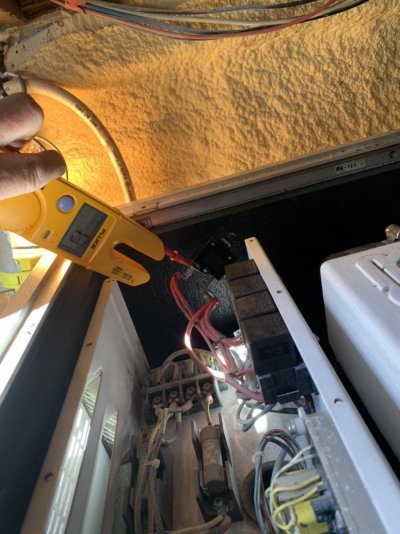grahamdouglass
Senior Member
- Joined
- Nov 29, 2012
- Messages
- 422
- Location
- Canada
- Vessel Name
- Summer Wind 1
- Vessel Make
- Marine Trader 41
My startlight does not come on and my genset engine does not start when I press the start switch.
1) 13 volts at battery connection
2) DC circut breaker reset
I have limited access, 6" of clearance above the genset, no access to nonservice side, shoehorned into lazzertte. I don't really want to pull the genset out. I can access the generator control box, but it is not good access.
Where would you first look.
1) 13 volts at battery connection
2) DC circut breaker reset
I have limited access, 6" of clearance above the genset, no access to nonservice side, shoehorned into lazzertte. I don't really want to pull the genset out. I can access the generator control box, but it is not good access.
Where would you first look.
Last edited:


